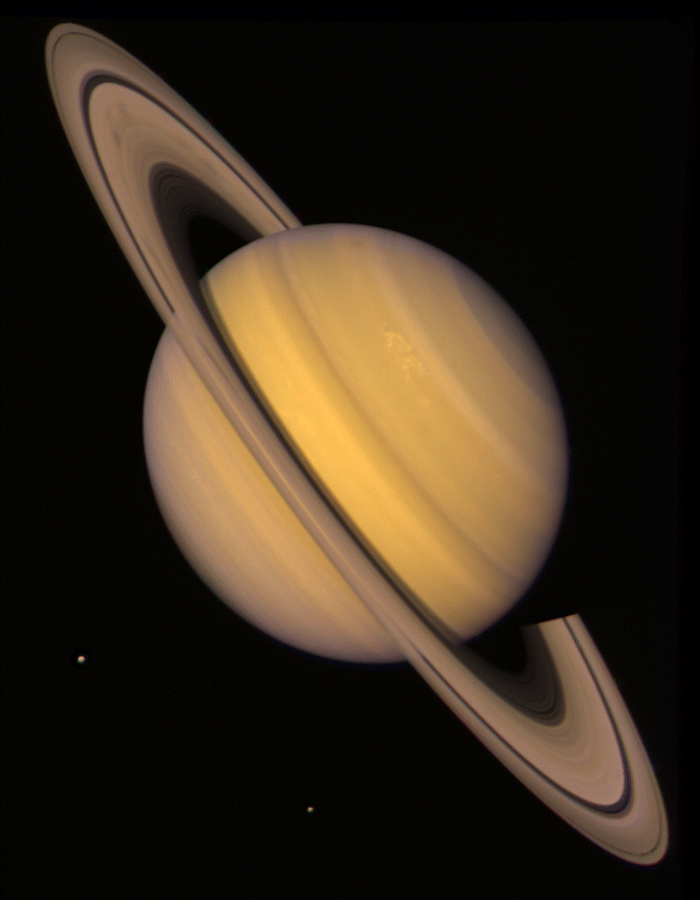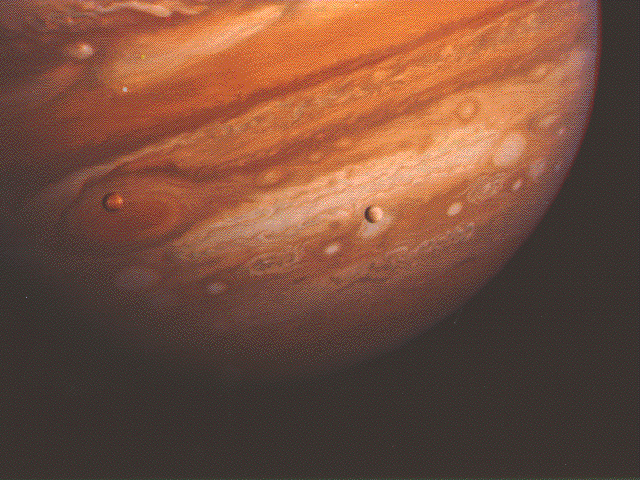Track by Track : Interstellar Wind
from ‘Wonders of The Cosmos’
Recorded at Abbey Road and on location at Ely Cathedral
Featuring Edmund Aldhouse (Organ) & Grace Davidson (Soprano)
Published by Audio Network
In this Composing The Cosmos series I’ll be taking listeners through each track of this epic new album. You can read all about the making of Wonders of the Cosmos in my interview with audio network.





DISTANCE FROM HOME: 9.3 billion miles
In the remotest part of our Solar System, as the Sun’s influence wanes once and for all, a solitary explorer floats into the unknown. In the almost total vacuum of interstellar space isolated bursts of potent particles collide as they stream past our tenacious traveller, who, quietly records their atomic interactions, and sends them back home on a postcard to planet Earth.
To boldly go…
It was announced on 10th December 2018 that the space probe Voyager 2 had left our solar system and was venturing into interstellar space. Interstellar space is the name for regions between stars (or our sun in this case), and outside the reaches of a star’s heliosphere. The heliosphere comprises a constant stream of ejected particles, at speeds of over 200,000 mph, and a powerful magnetic field. Voyager 2 is actually the second man made object to have travelled beyond the sun’s heliosphere, but the announcement has still caused huge excitement. In 2012 the probe’s older sibling, Voyager 1, made a similar journey. As it boldly went where no other probe had gone, Voyager 1’s sensors picked up the sound of our sun’s own solar wind crashing into the interstellar wind. Space isn’t a perfect vacuum. Pockets of gas and other particles litter the Universe in the light years between stars and solar systems. There is enough of this matter for an ‘interstellar wind’ to form through through which sound can travel. These eerie ‘chirrups’ that Voyager 1 recorded have been made available by NASA for everyone to hear:
Handmade chirrups
Most of the pieces on this album have been inspired by images of the Cosmos, either real or computed. For this penultimate piece, I was spurred on by the sound of these particles colliding. The music initially grew out of my own synthesised version of the Voyager 1 ‘chirrups’ - I decided to sculpt my own sound because I knew this would ultimately give me more control over its speed and pitch. Plus, I also enjoy the creative exploration that comes with sculpting new sounds using various kinds of synthsesis.
Listening back to my re-imagined versions, I knew that some kind of flutey, organ flourishes would work as an ideal musical counterpart, or theme, to these eerie sounds. When it came to recording this part, the considerable distance of the these organ pipes from the microphones ensured we had lots of lovely cathedral ambience on opening of this track. You really hear the vastness of this ancient building enveloping you through these opening organ patterns.
There’s a discernible sense of something happening ‘out there’, deep in space. I used similar organ writing for similar reasons at the start of the second piece in the album, ‘Whirlpool Galaxy’.
Music and matter collide
These opening organ flourishes, inspired by the real sound of colliding interstellar winds, get manipulated to form the basis of the other melodic material in this particular piece. Plus they also share musical characteristics with other works of this album (I talk more about the importance of this inter-connected relationship of musical themes in my analysis of ‘Celestial Citadel’). As the musical argument develops and builds, the string players take up these organ flourishes, but in a heavily slowed down version. This slowed down version becomes one of the main driving melodies of the whole piece, and will eventually be taken up be nearly all the instruments as it thunders towards the climax. As melodies go, it’s nice and uncomplicated, just an ascending scale, but its simplicity is intentional. As I’ve written about in the background to ‘Celestial Citadel’, despite its incomprehensible complexity, the Universe seems governed by only a handful of mathematically based rules and laws. We also hear a shortened version of this scale low down in the organ and strings texture as a ‘ground bass’ (the musical term for a repeating bass line) becoming increasingly strident and cataclysmic as the piece develops. The organ repertoire is full of pieces that use ground basses. The pedals of an organ, played by the organist’s feet, are perfectly suited to sustaining these patterns whilst the hands are free to develop interest by adding layers of melody and harmony.
Out organist for this album, Edmund Aldhouse, at the console of the Ely Cathedral organ.
I’ve used this principle in my organ writing across the album. In all of the recording sessions we laid down the pedal notes, or bass notes, as separate takes. Like the heavy stone foundations of an ancient cathedral, these deep and resonant bass lines form the foundation of all the pieces in ‘Wonders Of The Cosmos’ and being able to have maximum control over their sonic imprint during the mix-down stage was crucial. Narratively, I always think that a ground bass can take us on a journey, it conveys a feeling of being on the move, of travelling through time, and again think of our little Voyager 1 as it sails ever onward into deep space.
Dissonant disagreement
Continuing to play with the idea of matter colliding with matter, I employed a musical technique where notes of the same letter name are deliberately set against each other. For example, in many places I pitch the note F against the note F#. If you play an F and and F# at the same time on, say, a piano, the resulting sound isn’t pleasant. Carefully positioned in different octaves though, these dissonances can build an atmosphere of eerie tension.
Deliberate dissonances - the green F#s are designed to clash or collide against the red Fs, just like particles colliding in space.
Picture in your mind’s eye the Voyager 1 probe, at the farthest reaches of our solar system, in the midst of these colliding particles. It’s worth remembering that out in space, without the protection of an atmosphere such as the one that envelopes us here on Earth, neither human bodies or unshielded electronic equipment is safe from the deadly effects of subatomic particles. Where the human body is concerned, without suitable protection, these particles can rip through DNA molecules and lead to rapid onset of disease, and ultimately death. This is just one of many ways that space can kill. Despite its extreme beauty, especially as viewed through the lens of a telescope such as Hubble, space is a dangerous and a still much mis-understood wilderness. I set Grace Davidson’s vocal line to my own faux Latin text alluding to the Sun’s solar wind. I was particularly drawn to the word ‘Helio’ as the consonant ‘H’ gives us a lovely airy attack each time it occurs. Perfectly articulated by Grace, the vocal line rides on top of the mounting musical storm, like a floating column of air. As an extra layer of sound design I also recorded and processed the sound of accordion bellows ‘breathing’. This is a nod to some of the other fascinating sounds that have been recorded by probes traversing the Solar System, many of which do actually sound like distorted accordion bellows!
All of these elements reach a phenomenal climax two thirds of the way through, where this symphony of collisions, dissonance, flourishes, bass lines, percussion and sound design unite with tremendous force.
To infinity and beyond
The magnificent reverberation of Ely cathedral captures and suspends the moment, briefly, before the whole musical process starts again, quietly, as at the beginning of the piece. But there is no epic crescendo this time around, and like Voyager 1 disappearing into interstellar space, the music dissolves into the cavernous ambience of this ancient building.
